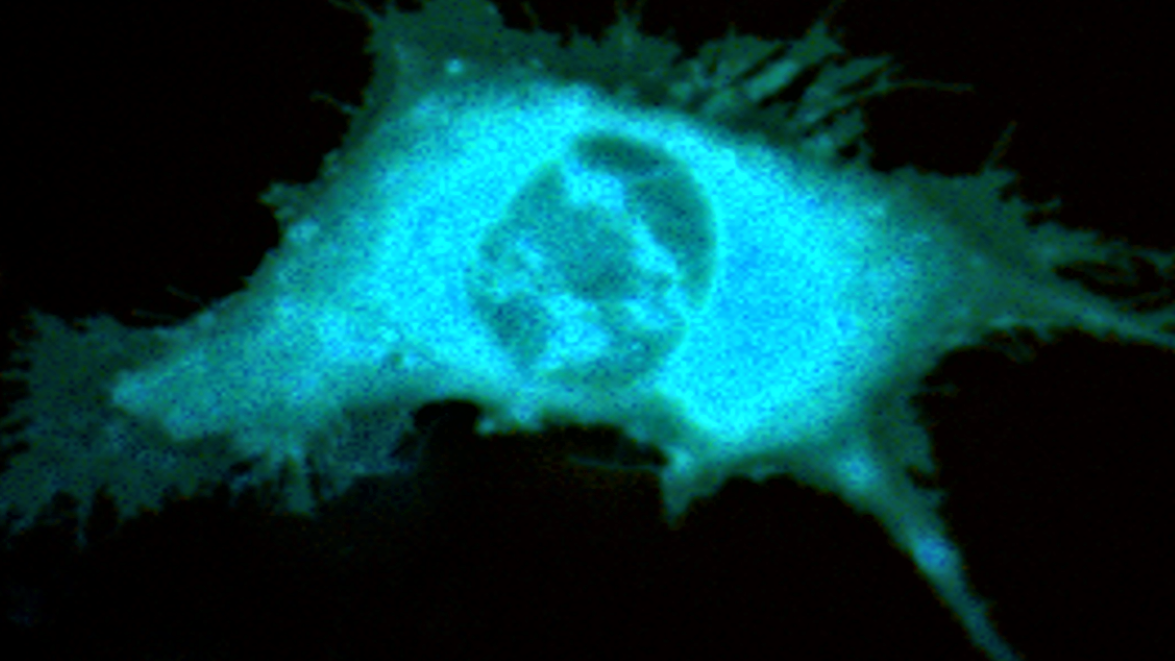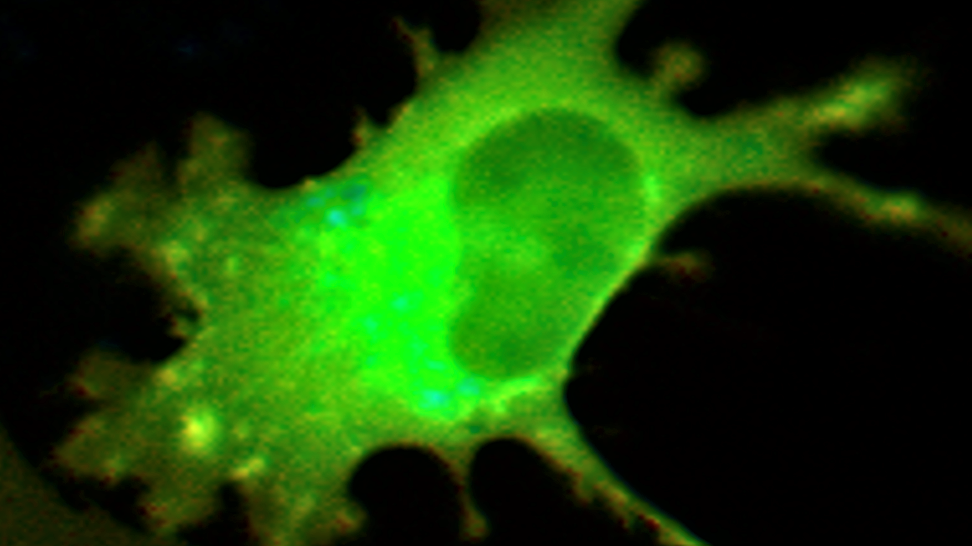


Bone Biology and Mechanics Laboratory (BBML)
Joseph Wallace, PhD
The BBML is committed to improving our understanding of how the body works through innovative preclinical and clinical research. The lab focuses on bone mechanics (ability to effectively bear loads) and mechanobiology (how cells respond to mechanical stimuli to increase mass). We investigate bone from a materials science perspective by tying morphology and composition to mechanical function and fracture resistance at length scales throughout bone's hierarchy. Our long-term goal is to use combinatorial treatments for relevant diseases that have musculoskeletal complications which lead to bone fragility. Our current interventions focus on mechanical and pharmaceutical manipulations of tissue quality and quantity.
Vascular Cellular Mechanics Lab
Julie Ji, PhD
Our research is in the area of biomechanics, specifically, cellular biomechanics. We work in areas of mechano-transduction, endothelial mechano-biology, nuclear lamins and vascular aging. The nuclear lamina is thought to play a role in vascular pathology and aging, for example disease models such as Hutchinson-Gilford progeria syndrome share similarities with normal vascular aging. Endothelial cells are constantly exposed hemodynamic stresses, and we are investigating how mechanical stresses impact cell functions at the nucleus level. The tools we are using include cellular and molecular techniques, quantitative and dynamic image analysis, as well as computational modeling to understand optimization of cells.
Laboratory for Cellular Mechanotransduction and Reprogrammming
Sungsoo Na, PhD
The primary objective of our research group is to understand the molecular mechanism by which cells sense and respond to extracellular stimuli and to treat diseases by reprogramming cell’s intracellular signaling and extracellular cues. Our lab uses advanced research tools and techniques, including real-time imaging and manipulation of intracellular signaling proteins; cytoskeletal structure deformation and stress distribution in live cells; and various chemical and mechanical biotechnologies and their applications to cells and tissues. Current research interests include tumor cell mechanics and biology, manipulation of signaling pathways in tumor-bone interactions, and interaction of metabolic and mechanotransduction signaling pathways in cancer.
Skeletal and Cancer Research Lab
Hiroki Yokota, PhD
Research area: bone/cancer biology, biomechanics, and bioinformatics.
We study cancers (breast, prostate, pancreas, and brain), bone metastasis, osteoporosis, and arthritis.
Quantitative Biomedical Imaging and Spectroscopy Laboratory
Rachel Surowiec, PhD
Research area: Musculoskeletal Biology, Ultrashort echo time MRI, Quantitative MRI, High-Resolution Peripheral Quantitative Computed Tomography (HR-pQCT)/CT
My research interests reside at the intersection imaging, musculoskeletal biology, and mechanics. I apply non-invasive and non-destructive imaging techniques combined with molecular and mechanical tools to assess tissue-level mechanisms responsible for disease onset and in response to therapeutic intervention. A focus area of my work includes uncovering mechanisms associated bone matrix water loss and identifying interventions to efficaciously normalize hydration and improve bone material properties. In doing so, we are concurrently defining imaging biomarkers capable of assessing bone hydration and identifying approaches that can monitor hydration alterations in vivo.

